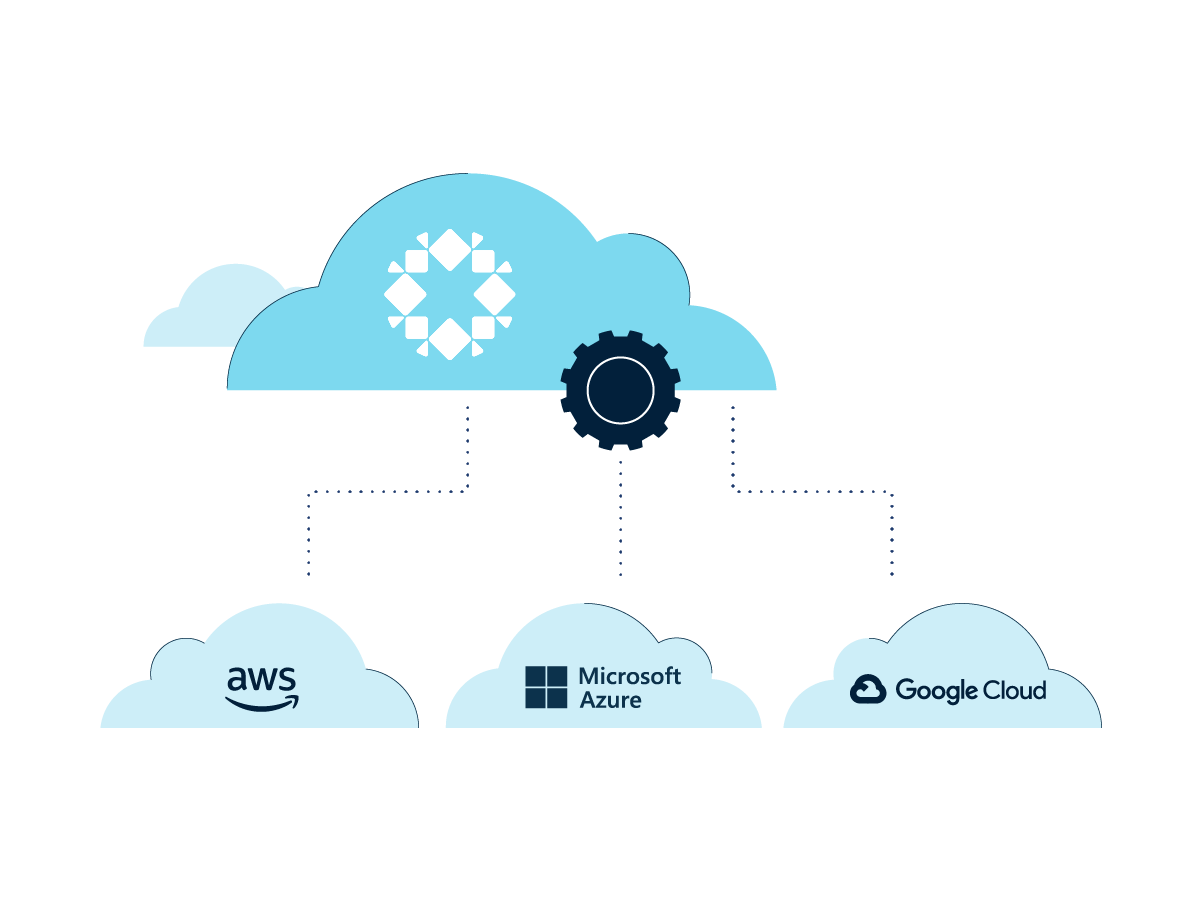The emerging dominance of cloud-based you-name-it capabilities dominates the swirl of modern IT change. The cloud service providers that deliver all that as-a-service capability exert enormous influence on the data management initiatives for every company, government, and educational institution.
With that heightened reliance on cloud services comes a mandate for reliable fault-tolerant operations. When operational continuity relies on data stored on, constantly transits, and is exchanged over cloud-based resources, the ability to detect, prevent, and recover from all manner of risks becomes crucial.
Digital enterprises are simultaneously increasing use of multiple private and public clouds to deploy applications, avoid vendor lock-in, and exploit best-of-breed solutions. The result: fragmented data across hybrid and multi-cloud infrastructures and a fractured ability to protect, manage, and secure data operations.

In that context, a robust, highly integrated approach to cloud-native backup is essential to protect your cloud-based resources from both inadvertent and malicious threats. Every cloud platform—including Amazon Web Services Simple Storage Service (AWS S3), Microsoft Azure, and Google Cloud Platform (GCP)—must support seamless backup and recovery capabilities. Choosing the right approach is critical.
There are basically two strategies for cloud-native backup. One option is to leverage existing, legacy backup software and run it as a virtual instance in the public cloud. Some providers have adopted that strategy with primary storage, but that path is not the optimal use of cloud resources.
A better cloud-native backup approach is one that either intrinsically in the public cloud or that leverages public cloud-native features to deliver services. There are inherent advantages of more fully cloud-integrated solutions. For one, your backup provider’s costs can be closely aligned to the cost of delivering the service because key components (including the underlying storage, associated databases, and any on-demand virtual machines) can all scaled as needed.
Essential Elements of Cloud-native Backup
Key characteristics to consider when choosing a cloud-native backup solution:
- Environment-specific design—It’s inefficient to deploy a data-protection scheme in the cloud that is based on legacy application code because that code can complicate implementation. Many capabilities required for data protection exist as part of underlying cloud platforms and the data protection software just needs to leverage those capabilities to create point-in-time copies of data.
- Native to the intended cloud infrastructure—Some cloud solutions copy data outside of the provider. Copying data out requires added physical or virtual infrastructure. Either way, the customer must manage and pay for associated on-premises storage and compute for the backups, or pay another cloud provider for the associated added services.
- Solution leverages provider capabilities—Your solution should leverage a provider’s ability to install software directly from its online support portal without any additional installation requirements. A cloud-native solution should be ready to start capturing point-in-time backups immediately, with minimal human intervention. In particular, your solution should also utilize the provider’s integrated snapshot feature. The goal is to integrate the provider’s snapshots capability for zero-impact data protection and to minimize the drag on production load by offloading the snapshot data.
Rubrik’s Cloud-native Approach
Our data management solution for cloud-native backup allows you to implement backup and recovery software in a public cloud environment to orchestrate all critical data management functions. Those include policy-based backup, recovery, replication, disaster recovery, archival, and search. Backups are automatically stored in elastic cloud storage so you can efficiently scale protection in-line with cloud-service consumption. All cloud-native data is automatically indexed and stored in a single, scale-out repository, delivering instant access and fast recovery with global predictive search.
Learn more about how Rubrik can simplify and optimize cloud-native backup and recovery operations.

